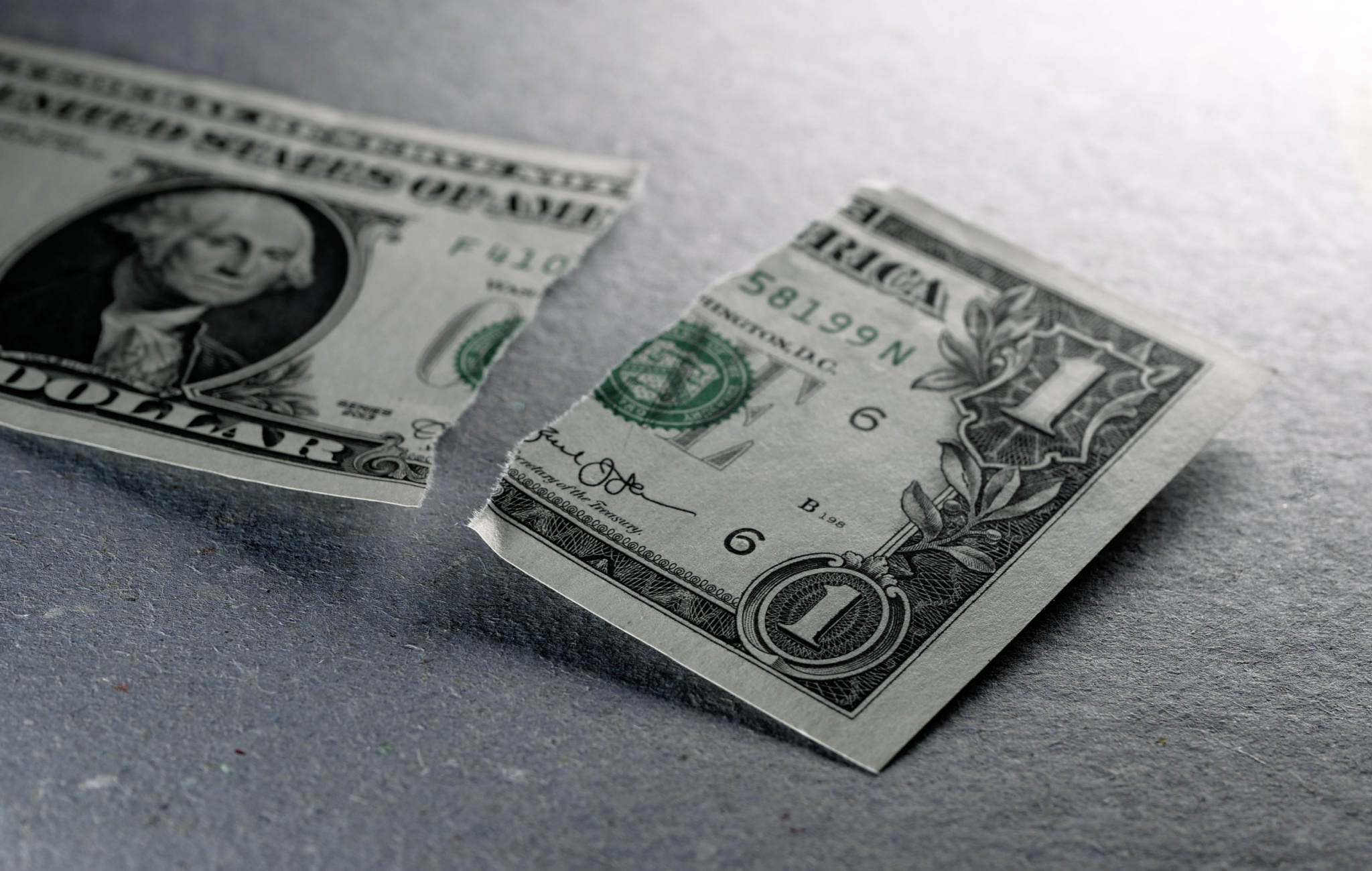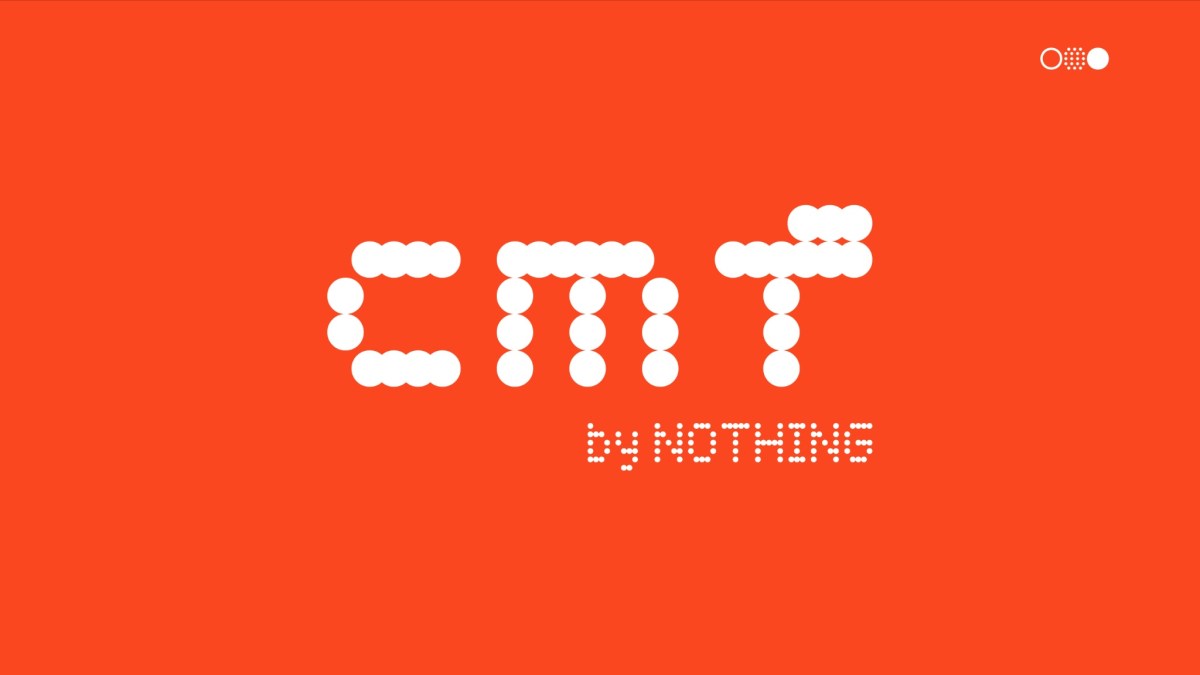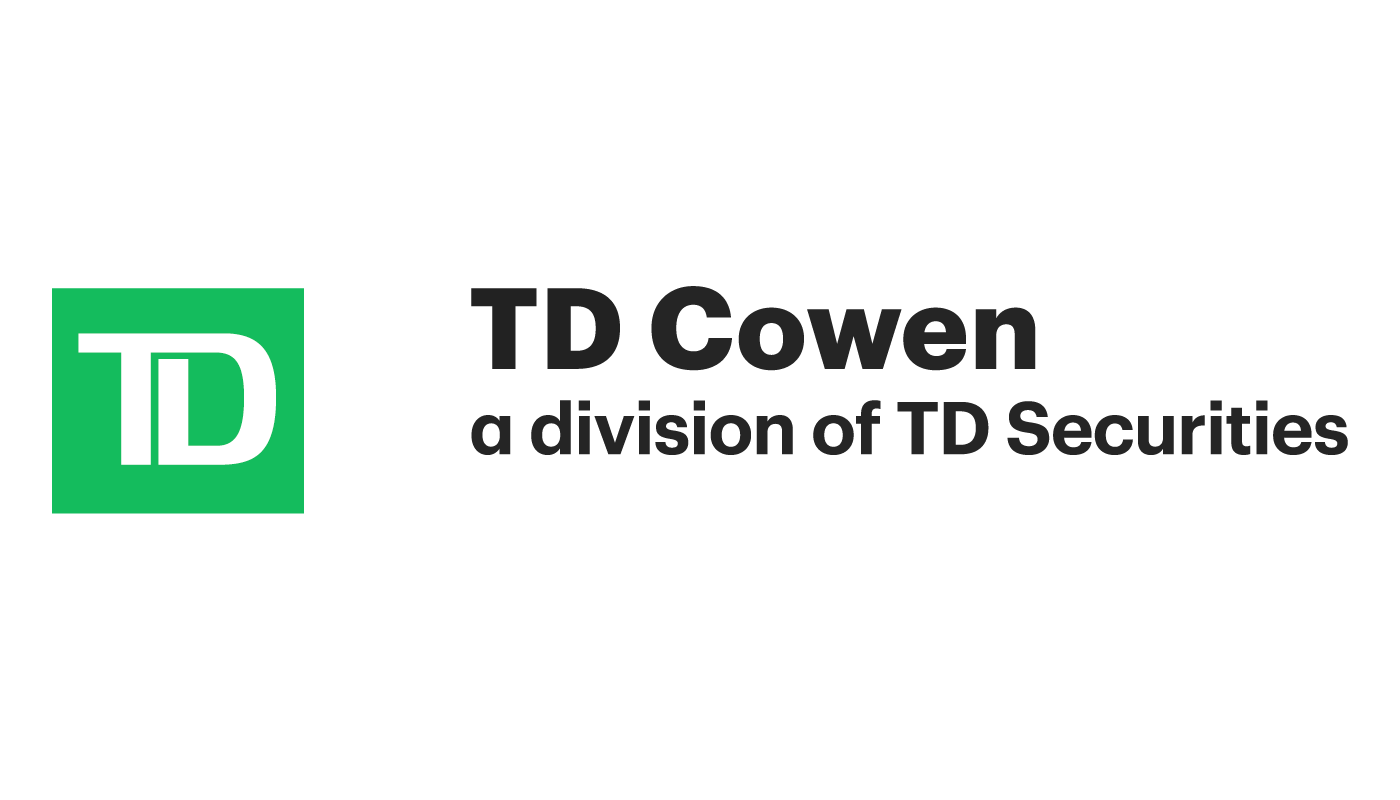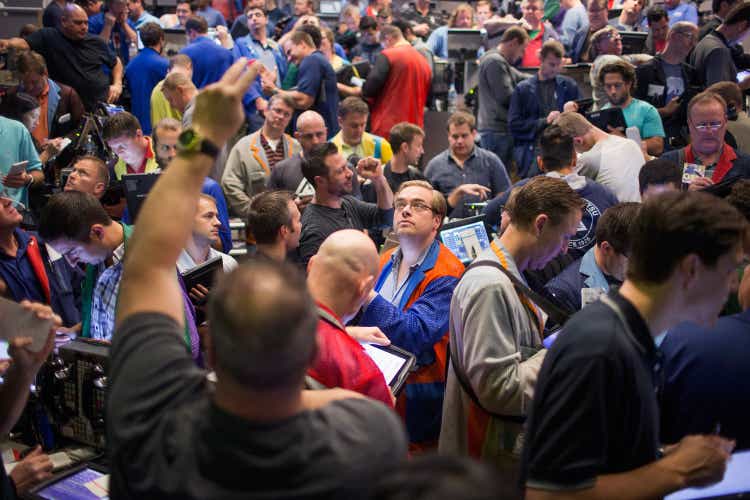Scott Olson
Stock index futures pointed to further losses Thursday following a sharp risk-off move in the previous session.
S&P futures (SPX) -0.3%, Nasdaq 100 futures (NDX:IND) -0.3% and Dow futures (INDU) -0.3% were slightly lower.
“The straw that probably broke the back for the Fitch downgrade was the surprise announcement on Monday of the Treasury’s near-term borrowing needs which were formalized yesterday in the refunding announcement,” Deutsche Bank’s Jim Reid said. “At the margin it seems slightly bigger than the very recently revised expectations but within the range of likely outcomes. Indeed rising borrowing needs are what Fitch cited as a key factor driving its decision to lower its rating for US sovereign debt.”
Post-earnings drops from PayPal (PYPL), Qualcomm (QCOM) and Etsy (ETSY) added to selling pressure.
Rates were higher. The 10-year Treasury yield (US10Y) rose 7 basis points to 4.15%. The 2-year yield (US2Y) rose 2 basis points to 4.91%.
“The culmination of this week’s news led to a decent steepening of the curve (in the previous session) … The 2s10s slope, while still deeply inverted at -80.5bp, rose to its highest level since early June,” Reid said.
Before the bell, weekly initial jobless claims hit, a day before official payrolls. Economists predict a rise to 227,000.
“There were suggestions that a stronger-than-expected US ADP payrolls report (Wednesday) raised fears of rate hikes,” UBS’ Paul Donovan wrote. “This narrative suggests that the media’s summer ‘silly season’ is upon us. It is true that equity markets have stressed the ‘soft’ part of an economic ‘soft landing’ scenario. Perhaps equity markets are finally listening to economists, who note that a soft landing is still a landing.”
At the same time, preliminary Q2 nonfarm productivity and unit labor costs hit. The forecast is for a 2% rise in productivity and 2.6% rise in labor costs.
“These numbers are theoretically helpful (giving cost pressures for inflation),” Donovan said. “In practice, productivity is everything economists do not know summarized into a single number, and is revised frequently as GDP guesses change.”
“US factory orders will probably give a different picture to that painted by manufacturing sentiment surveys, because of sentiment surveys quality problems.”
June factory orders are out slightly after the start of trading. The consensus is for a 2.2% rise.
At the same time the ISM services index for July arrives. Economists predict a drop to 53.
See this morning’s biggest stock movers.







































